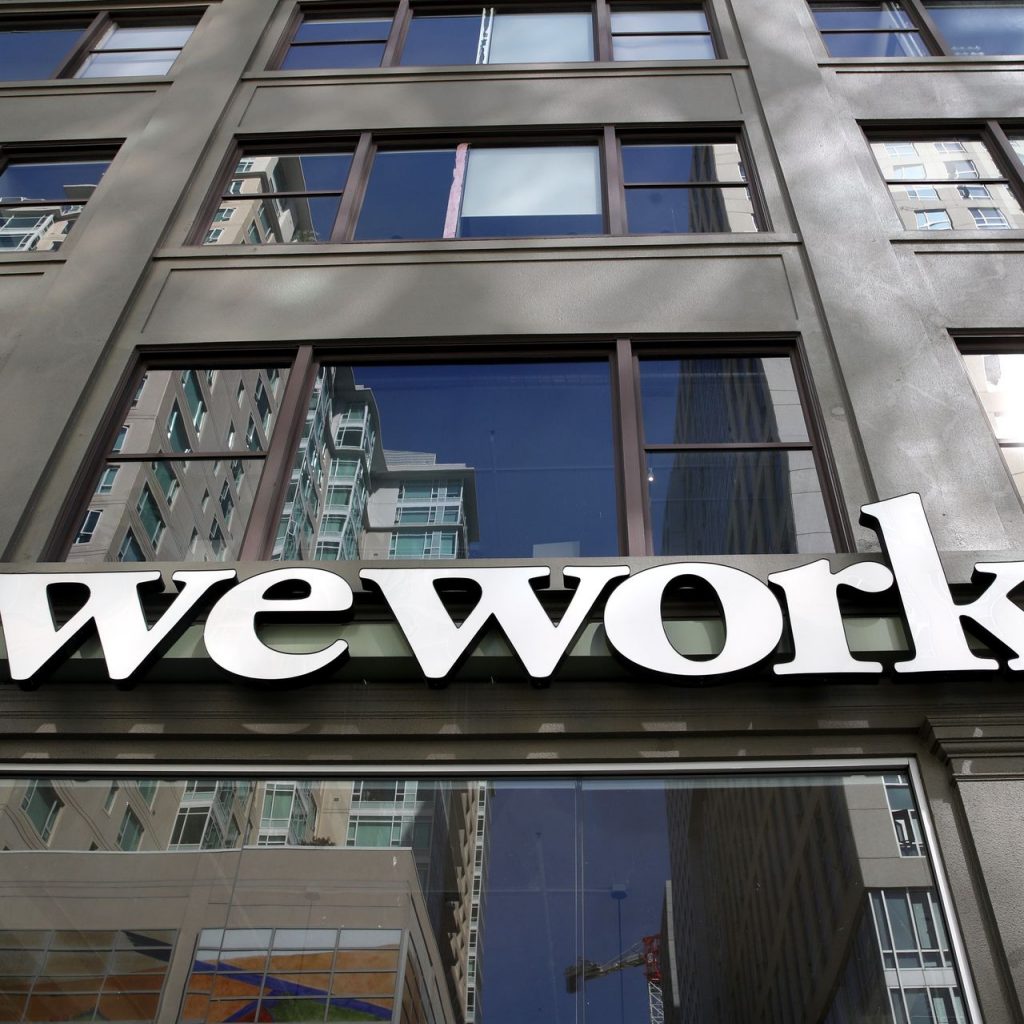Canadian softwood lumber is used for framing houses and for finishing interior items such as window and door trim. Depending on the house, lumber may also be used for cabinets, hardwood flooring, doors, and more. According to Republic Title, construction materials make up about 25% of the price of a house, and lumber is a big part of that.To make an educated guess of where the housing market is heading, it’s not necessary to wait two or three months for a report from the National Association of Realtors to explain what’s already happened. Instead, simply look at where lumber prices are going as an indicator of where the housing market is headed:
The above chart shows how closely the average sales prices for new homes track the price of softwood lumber. Over the past year, new home prices have leveled off. Since the middle of 2018, the prices of all types of softwood lumber have been declining:
But it’s not just new home prices that are moving downward. Redfin reports that through the end of March 2019 overall home sale prices marked the first year-over-year median price decline since February 2012:
A recent article in HousingWire notes the NAHB (National Association of Home Builders)/Wells Fargo Housing Opportunity Index reported that back in 2012 a typical family could afford 77.5% of all new and existing homes sold. Today, that share stands at just 61.4%.
The NAHB also says that trade war tariffs with Canada add $9,000 to the price of a new home and over $3,000 to the value of each unit in a multifamily building. However, it’s not just in the U.S. where demand for lumber is declining.
China – a country that isn’t involved in a trade war with Canada – has shown a sizable drop in log and lumber imports since the end of 2018.
The March 20th report from Madison’s Lumber Reporter, an industry source for Canadian and U.S. construction framing softwood lumber and panel prices,quotes lumber traders as saying:
“Customers in China won’t even take quotes, ports at bursting with stock.”
“Inventory build up in China . . . 1.7 million cubic metres in Taicang Port [a main industrial port along the Yangtze River in Jiangsu Province]. Two million cubic metres is like the killing zone, once it’s reached it will be a disaster. Panic mode.”
AgAlert, the weekly newspaper for California agriculture, echoes what our neighbors to the north are reporting.
Janet Webb is president of Big Creek Lumber in Davenport, California. Speaking about the decline in new home constructions, Webb believes that “there was a sense that the bubble was going to burst, so people are half-expecting it to happen.” Sawmills are becoming more cautious, waiting to see if production levels will rebound or if levels drop off to the point where mills decide they can’t sell what they are producing.
While lumber prices are trending down, home prices have essentially flatlined. At least for now. The question for investors is, where will home prices go from here?




